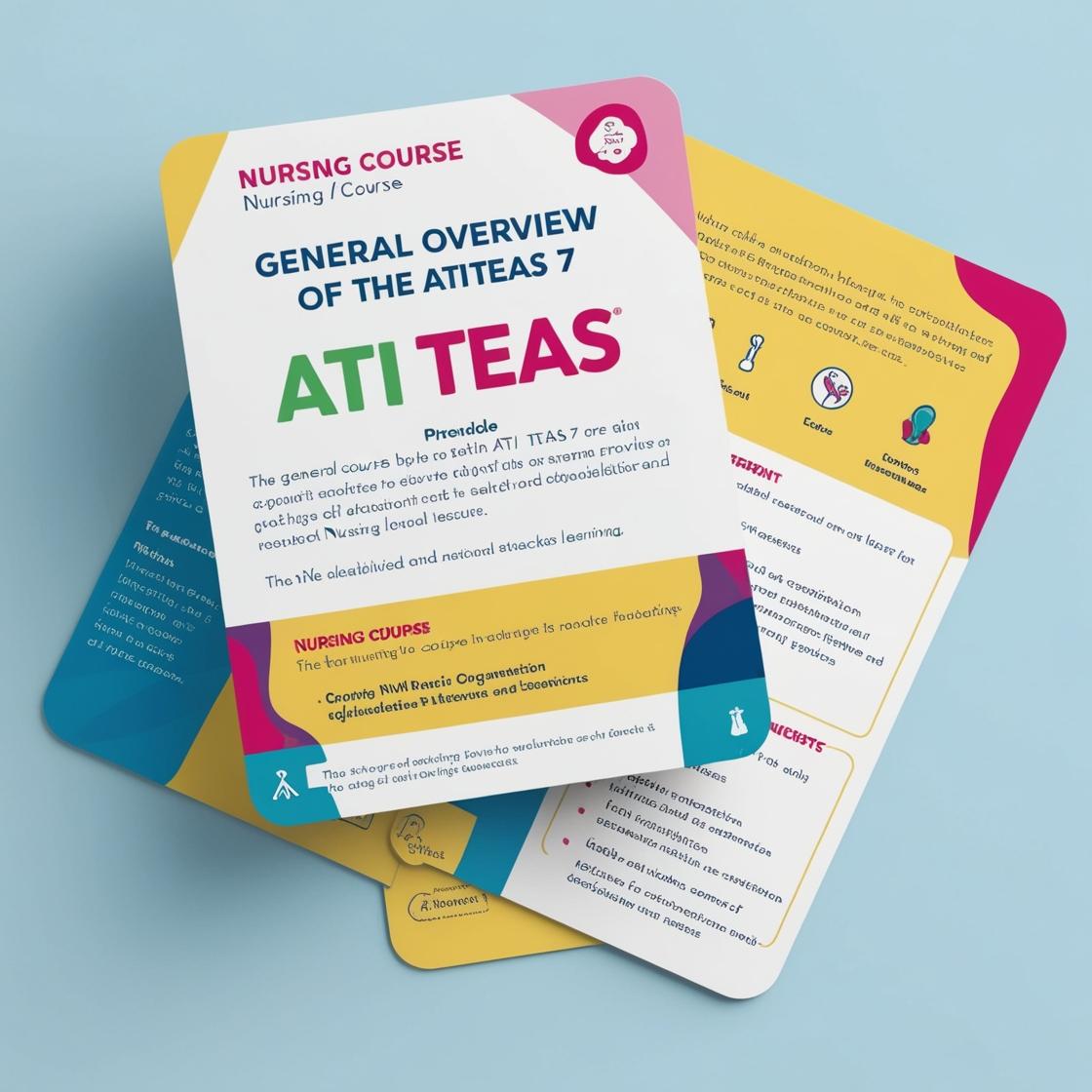ATI TEAS 7
TEAS Reading Practice Test
1. According to the aforementioned passage, what is the speaker's second desire for his time in front of the audience?
- A. To read a Christmas story
- B. For the working man to have a say in the management of the institution designed for his benefit
- C. To have an opportunity to stand in their presence
- D. For the life of the institution to be essential to the audience as a whole
Correct answer: B
Rationale: The correct answer is B. The speaker's second desire for his time in front of the audience is for the working man to have a say in the management of the institution designed for his benefit. This is evident from the passage where the speaker emphasizes the importance of the working man having a share in the management of an institution designed for his benefit. Choice A is incorrect because although reading a Christmas story was mentioned as the first desire, it was not the second desire. Choice C is incorrect as the desire mentioned is not about standing in the audience's presence but rather about the working man having a say in the institution. Choice D is incorrect as it does not align with the speaker's second desire as mentioned in the passage.
2. What is the significance of the word 'mind' in the following passage? The emperor had a mind one day to entertain me with several of the country shows, wherein they exceed all nations I have known, both for dexterity and magnificence.
- A. The ability to think
- B. A collective vote
- C. A definitive decision
- D. A mythological question
Correct answer: C
Rationale: The word 'mind' in this context refers to a definitive decision or desire by the emperor. In the passage, the emperor had a specific intention or choice to entertain the narrator with country shows, indicating a clear decision rather than just the ability to think (Choice A), a collective vote (Choice B), or a mythological question (Choice D). The emperor's 'mind' here represents a deliberate and decisive plan to host the narrator for the country shows.
3. What does Lady Bracknell's interrogation of Jack reveal about the nature of marriage in the society Wilde is critiquing?
- A. It shows that marriage is based on love and personal choice.
- B. It reveals that marriage is a serious, thoughtful decision.
- C. It illustrates that marriage is more about social standing and wealth than love.
- D. It suggests that marriage is an outdated institution.
Correct answer: C
Rationale: Lady Bracknell's interrogation of Jack regarding his suitability as a husband for her daughter Gwendolen reveals that marriage in the society depicted in the play is more about wealth and social status than love. This is evident as Lady Bracknell places great emphasis on Jack's financial background, social connections, and suitability as a match based on these criteria. Choice A is incorrect because Lady Bracknell's focus is not on love or personal choice but on societal expectations and status. Choice B is incorrect as the interrogation highlights superficial considerations rather than portraying marriage as a serious, thoughtful decision. Choice D is also incorrect as the play does not suggest that marriage is outdated, but rather emphasizes its transactional and societal nature in the context of the aristocratic society being critiqued.
4. How does Wilde portray the institution of marriage in The Importance of Being Earnest?
- A. As a romantic union between two individuals.
- B. As a social contract designed for economic and social gain.
- C. As a trivial and superficial agreement.
- D. As a necessary evil in a structured society.
Correct answer: B
Rationale: In The Importance of Being Earnest, Wilde portrays marriage as a social contract rather than a romantic union. The play satirizes the transactional nature of marriage in the society Wilde critiques. Characters like Lady Bracknell's interrogation of Jack highlight how marriage is viewed as a means for economic and social gain rather than genuine affection, emphasizing the societal norms of the time. Choice A is incorrect because Wilde's portrayal goes beyond a simple romantic view of marriage. Choice C is incorrect as it oversimplifies Wilde's critique of marriage and societal norms. Choice D is incorrect as it doesn't capture the nuanced satire Wilde employs in dissecting the institution of marriage.
5. What can the reader infer from this passage? I would sometimes lie down, and let five or six of them dance on my hand; and at last the boys and girls would venture to come and play at hide-and-seek in my hair.
- A. The children tortured Gulliver.
- B. Gulliver traveled to meet new people.
- C. Gulliver is considerably larger than the children playing around him.
- D. Gulliver has a genuine love and enthusiasm for people of all sizes.
Correct answer: C
Rationale: The correct answer is C. The reader can infer from the passage that Gulliver is considerably larger than the children playing around him. This is evident from the fact that the children dance on his hand and play hide-and-seek in his hair, indicating a significant size difference between Gulliver and the children. Choice A is incorrect because there is no mention or implication of the children torturing Gulliver in the passage. Choice B is incorrect because Gulliver's reason for traveling is not mentioned in the provided excerpt. Choice D is incorrect as there is no explicit indication of Gulliver having a genuine love and enthusiasm for people of all sizes; the passage primarily focuses on the interaction between Gulliver and the children in terms of size and playfulness.
Similar Questions

Access More Features
ATI TEAS Premium Plus
$149.99/ 90 days
- Actual ATI TEAS 7 Questions
- 3,000 questions with answers
- 90 days access
ATI TEAS Basic
$99/ 30 days
- 3,000 Questions with answers
- 30 days access
